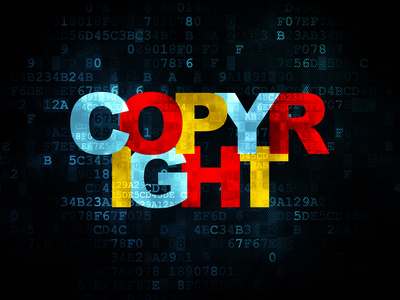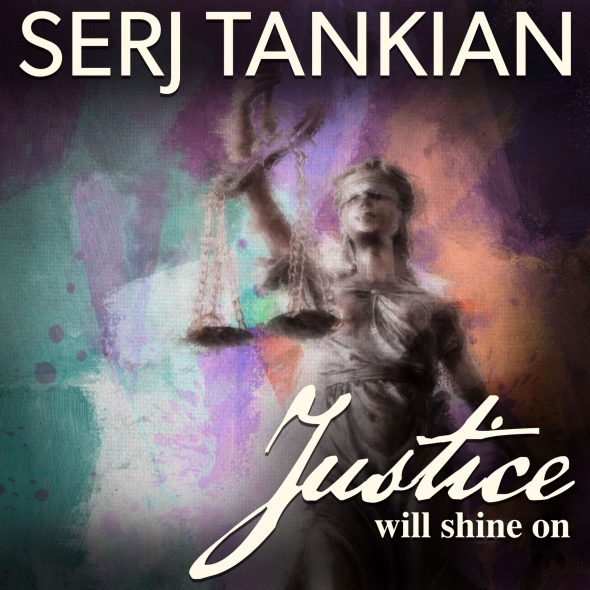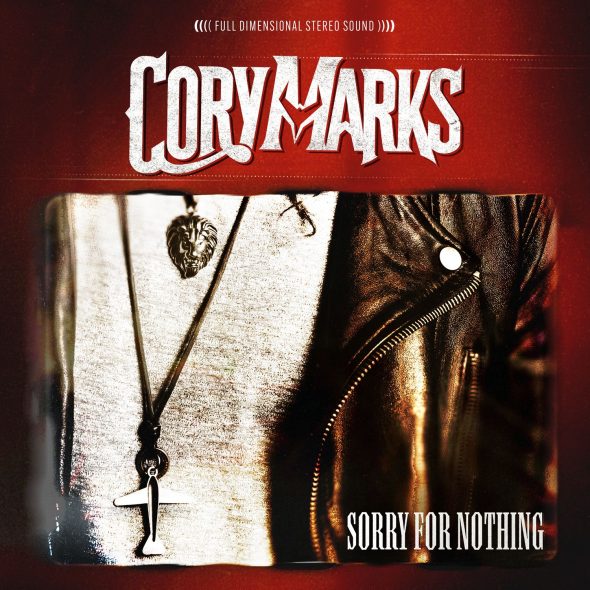Amount and substantiality of portion taken
So far, Music Insider Magazine’s “Copyright Law Primer” has covered the following: Part 1 gave a very general overview of “fair use,” a defense to copyright infringement that is available to accused infringers in certain circumstances (but fewer than you may think).
Part 2 and Part 3 discussed two of the four main factors considered under the law as relevant in deciding whether or not this defense is available in a particular infringement dispute. Specifically:
- Purpose and character of the use — Courts will consider whether the use in question was “commercial” (i.e., for direct or indirect financial gain) as well as whether the purpose of the original work has been “transformed” in some way.
- Nature of the infringed work — Creative (as opposed to factual) works and/or content are typically more protectable and thus less subject to “fair use.” Furthermore a work’s prior publication or general availability to the public may weigh in favor of finding “fair use.”
Part 4 covers how much of a work you can use that will be considered “fair use.”
Fair use factor 3: The amount and substantiality of the portion taken

The third factor for consideration is the amount and substantiality of the portion of the work used. This involves primarily looking at how much of the original work was used, in relation to the “whole work,” and may delve into whether more of the work was used than was needed for the intended purpose of that use.
Amount used in relation to the whole work
As a general rule of thumb, the more of the “whole work” you use, the less likely it is that your use will be considered “fair use.” However, taking even a small amount of copyrighted material may still result in liability for copyright infringement (and the substantial damages you may have to pay the copyright owner), for a couple of reasons.
First, the “whole work” may not be exactly what you think. Consider the current issue of Music Insider Magazine, for example. It would be easy to assume this relatively short article, or a picture appearing on one of these pages, would be considered only a small portion of the “whole work” (i.e., this entire issue). However, as discussed in previous issues, copyright law affords protection to any original work fixed in a tangible medium of expression, the moment that work is created. Accordingly, keep in mind that in many cases, the “whole work” may consist of a single article, photograph, drawing or other work, even if it appears within a larger work.
Second, using the “heart” of the original work (i.e., the most memorable or important part(s) of that work) is generally less defensible under “fair use,” no matter how small it is compared to the rest of the work. Think of the difference between (1) a song that features the opening riff from Led Zeppelin’s “Stairway to Heaven” (which many, if not most, people would recognize immediately), and (2) a song that features the four-chord progression from the Beatles’ “Let It Be,” (which is used in hundreds of popular songs, including practically any 50s doo-wop hit).
To illustrate these points, consider Elvis Presley Enterprises, Inc. v. Passport Video. In that case, the defendant produced a documentary featuring clips of filmed footage of Elvis Presley (among other works owned by the plaintiff). In its opinion (affirming the lower court’s decision that this was not “fair use” of these works), the Ninth Circuit Court of Appeals highlighted the relationship between the quantity and importance of content taken from an original work:
“[A]lthough the clips are relatively short when compared to the entire shows that are copyrighted, they are in many instances the heart of the work. What makes these copyrighted works valuable is Elvis’ appearance on the shows, in many cases singing the most familiar passages of his most popular songs. Plaintiffs are in the business of licensing these copyrights. Taking key portions extracts the most valuable part of Plaintiffs’ copyrighted works.”
Proportionality of amount used
This factor also may involve looking at the relationship between the amount of content used and the amount needed to achieve the purpose of the intended use – as you may imagine, using only as much of the work as is needed will generally weigh in favor of “fair use,” while using more than is needed is less defensible.
In Lennon v. Premise Media Corp., for example, the defendant was sued by several parties for its use of approximately 15 seconds of John Lennon’s song “Imagine” in a documentary about intelligent design. Premise Media asserted that its use constituted “fair use,” while the plaintiffs claimed that the clip (although short) was “immediately recognizable” and was thus the “heart” of the original work. Holding that the defendants were likely to succeed in asserting a “fair use” defense, the Federal District Court for the Southern District of New York noted that Premise Media’s purpose was to criticize the original message of Lennon’s song, and thus held that “the amount and substantiality of the portion used is reasonable in light of defendants’ purpose.”
As stated in previous articles, it is vital to remember that “fair use” is fact-specific — no one factor can establish or preclude this defense. Accordingly, it is important to always make sure to consult an attorney or request permission from the copyright owner before using a work.
About Justin Haddock:
Justin Haddock is an associate in King & Spalding’s Austin office, and joined the firm in July of 2015. Justin focuses his practice on trademark, copyright, and other intellectual property matters, assisting primarily with domestic trademark prosecution and enforcement.
Specifically, Justin’s enforcement work focuses on social media, and he works with clients on developing user policies best practices for company social media accounts, as well as IP enforcement strategies for infringing activity on Facebook, Twitter, Instagram, Pinterest and other major platforms.
He also has significant experience clearing trademarks for domestic use and registration, as well as experience in preparing and prosecuting applications with the United States Patent & Trademark Office and the U.S. Copyright Office.




